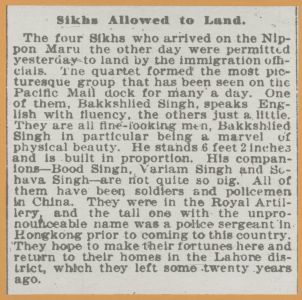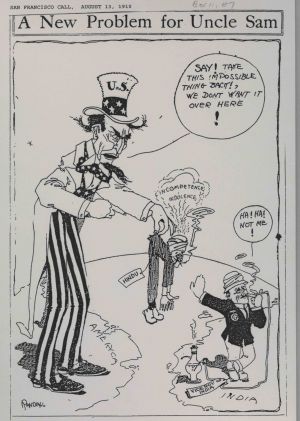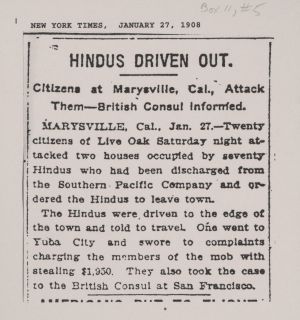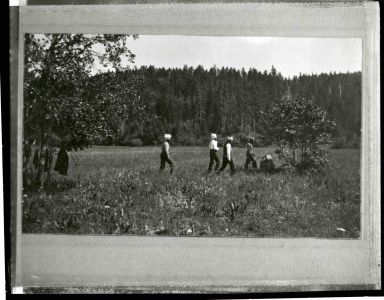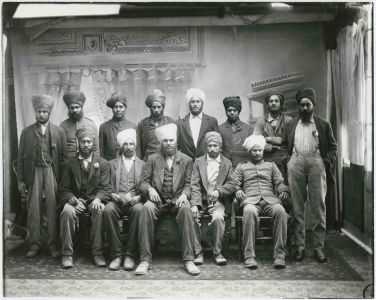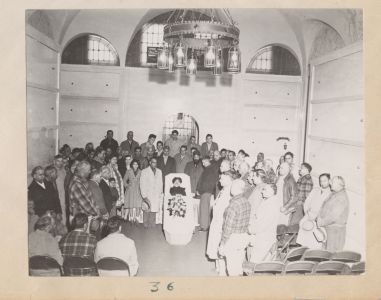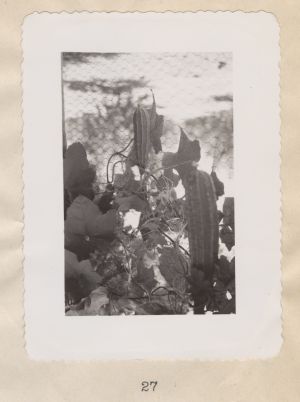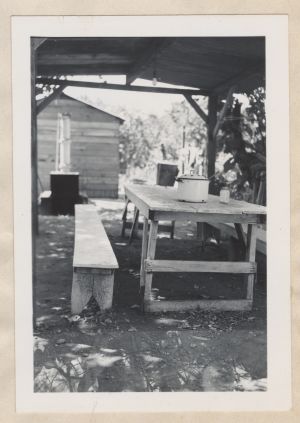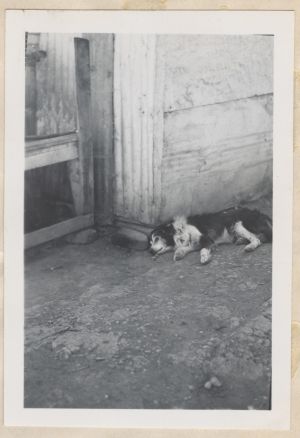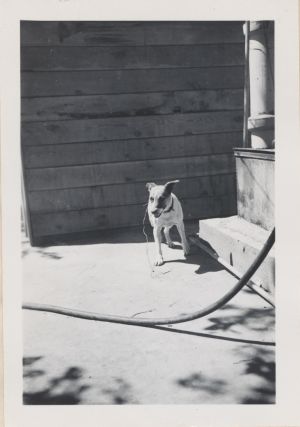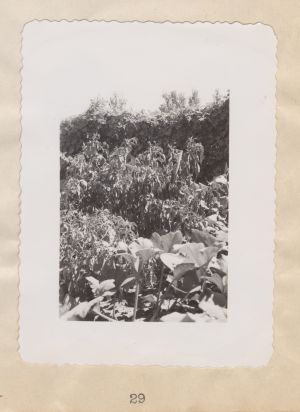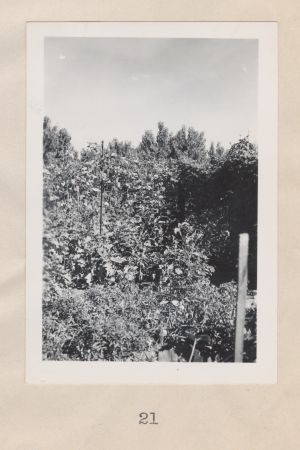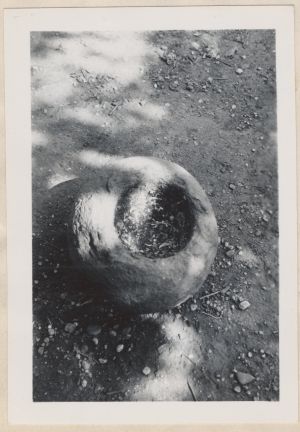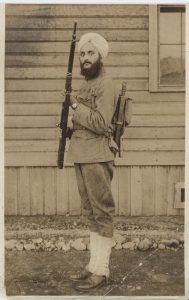
Bhagat Singh Thind During World War I, 1918. He was the first Sikh to serve in the US Army. Source: Amanda de la Garza, Doctorji: The Life, Teachings and Legacy of Dr. Bhagat Singh Thind (Malibu: David Bhagat Thind, 2010).
Losing the Battle for Citizenship: United States v Bhagat Singh Thind
The writer Hari Singh Everest characterized the lives of the early Punjabi pioneers as “hard survival,” and this was particularly true during the 1920s-1940s. In 1923, the Punjabi pioneers lost their battles for US citizenship. In the landmark United States v Bhagat Singh Thind decision, the Supreme Court denied Bhagat Singh Thind’s appeal of the rescinding of his US citizenship. A Punjabi pioneer who had served in the US armed forces in World War I, Thind argued that new scientific scholarship showed that Indians were part of the Indo-European race and were therefore eligible for US citizenship. The Supreme Court stated that although Indians were Caucasian, they were ineligible for US citizenship because they were not white according to the popular understanding of race in America. This ruling brought profound consequences for South Asian immigrants. First, the US citizenship of dozens of South Asian pioneers were revoked. Second, the Alien Land Laws became applicable to the Punjabi pioneers, thus preventing them from owning or leasing land. Sutter County was one of the first counties to move against the Punjabis; the district attorney announced that he would sue Punjabis who owned land (Appeal Democrat, February 20, 1923). Third, due to anti-miscegenation laws in California and other states, South Asians were barred from marrying Caucasian women. In fact, the exclusionary citizenship laws even extended to Caucasian women who married South Asians or other “aliens ineligible for US citizenship.” According to US law, wives acquired the husbands’ legal status upon marriage. Thus, according to the federal Cable Act, American-born women who married men who were ineligible for US citizenship (including the Punjabis) between 1922 and 1931 were forced to forfeit their US nationality as a result.
Consequences of the Immigration Act of 1924 (“Oriental Exclusion Act”)
The Oriental Exclusion Act of 1924 further extended the exclusion of Asians into the United States. As a result, the number of Indians entering the US declined rapidly. Although no reliable statistics exist, most Punjabis entered the US illegally during the 1920s and 1930s, arriving first in Panama and then traveling north through Mexico to cross the border for a fee, sometimes making the arduous journey on foot! In 1922, the usual fee was $400 to facilitate border crossing into the US, but it could be much higher if the pioneer refused to remove his turban. The adverse economic situation in US agriculture in the 1920s and the Great Depression further limited immigration to the US, including from the Punjab.
How did the Punjabi Pioneers Respond & Survive in California Facing Discrimination?
The Punjabi pioneers who remained in California developed a variety of strategies to build lives for themselves despite substantial legal and social barriers. Most Punjabi farmers entered into informal arrangements with white farmers, bankers, and lawyers. White landowners fronted for the Punjabi farmers, handling their banking on their behalf. Most of the time these arrangements worked surprisingly well, and many Anglo farmers sold land to the Punjabis according to their verbal agreements when the latter could finally own land beginning in the late 1940s.
More
Punjabi-Mexican Community
During this period, a unique Punjabi-Mexican community formed in the western US, particularly in southern California. Punjabi men in both the Sikh and Muslim communities married women of Mexican ancestry. Both communities worked in the fields together, and there were no objections to these unions, so marriage licenses were routinely secured. There were over 300 Punjabi-Mexican marriages recorded between 1916 and 1949. According to Karen Leonard’s research, Punjabi-Mexican family life was the dominant family pattern among South Asian pioneers in California in the early decades, particularly in southern California. Many Punjabi men also put the legal ownership of land in the names of their Mexican wives and preferably their American-born children until they could own land themselves.
What was Life Like for the Early Punjabi Pioneers?
Like other Asian immigrants, the Punjabis experienced racial discrimination and were segregated in the “foreign sections” of California’s cities and towns. The Punjabi pioneers lived in rooming houses, sometimes with Japanese, Chinese, and Mexican immigrants and with African-Americans. They most commonly lived in labor camps on farms with fellow Punjabis. There are only fragmentary sources about how the Punjabi pioneers felt about their lives in the US. Most of the farmers were illiterate, leaving few historical traces behind. Allan Miller’s 1950 ethnography provides intriguing clues about how Punjabi bachelors lived in the labor camps in the Sacramento Valley: they lived in shacks or converted barracks, and even slept outside under trees; they ate on communal tables; and they engaged in vigorous discussions about politics. They also carried forward Punjabi foodways, growing extensive gardens with their favorite vegetables, such as bitter melon. They planted neem trees for their curative health benefits. Their dogs provided companionship and protection. They lived frugally, sending their savings to their families in India and saving to build better lives in California should their circumstances improve.
Punjabis Enlist for World War II
Many Punjabi Sikh men enlisted for service during World War II despite the fact that very few were citizens of the United States. According to his memoir, Mr. Balwant Singh Brar was the first Indian American and the first Sikh to be drafted into World War II in 1941. He served in the Coast Artillery in Alaska until 1944. He returned to Sutter County where he purchased a ranch. In 1948, he married Parmjit Kaur Gill Brar, the first South Asian woman to come to California directly from India after World War II. By the end of the 1940s, the population of the South Asian pioneers had dwindled, with most either passing away or returning to India.
SOURCES:
Cott, Nancy. “Marriage and Women’s Citizenship in the United States, 1830-1934,” http://nrs.harvard.edu/urn-3:HUL.InstRepos:3207343 (add full citation)
Cott, Nancy. Public Vows: A History of Marriage and the Nation (Cambridge: Harvard University Press, 2002).
Das, Rajani Kanta. Hindustani Workers on the Pacific Coast (Berlin and Leipzig: Walter de Gruyter, 1923).
de la Garza, Amanda. Doctorji: The Life, Teachings & Legacy of Dr. Bhagat Singh Thind (Malibu, CA: David Bhagat Thind, 2010).
Hacker, Meg. “When Saying ‘I Do’ Meant Giving Up Your US Citizenship” http://www.archives.gov/publications/prologue/2014/spring/citizenship.pdf
Hing, Bill Ong. Making and Remaking Asian America through Immigration Policy, 1850-1990 (Stanford: Stanford University Press, 1993).
La Brack, Bruce. The Sikhs of Northern California, 1904-1975 (New York: AMS Press, 1988).
Leonard, Karen Isaksen. Making Ethnic Choices: California’s Punjabi Mexican Americans (Philadelphia: Temple University Press, 1992).
Lopez, Ian Haney. White by Law: The Legal Construction of Race (New York City: New York University Press, 1997).
Miller, Allan. “An Ethnographic Report on the Sikh (East) Indians of the Sacramento Valley, Masters Thesis, Berkeley, 1950.
(Full Citation),“Roots in the Sand,” (PBS, 1985)
Less



